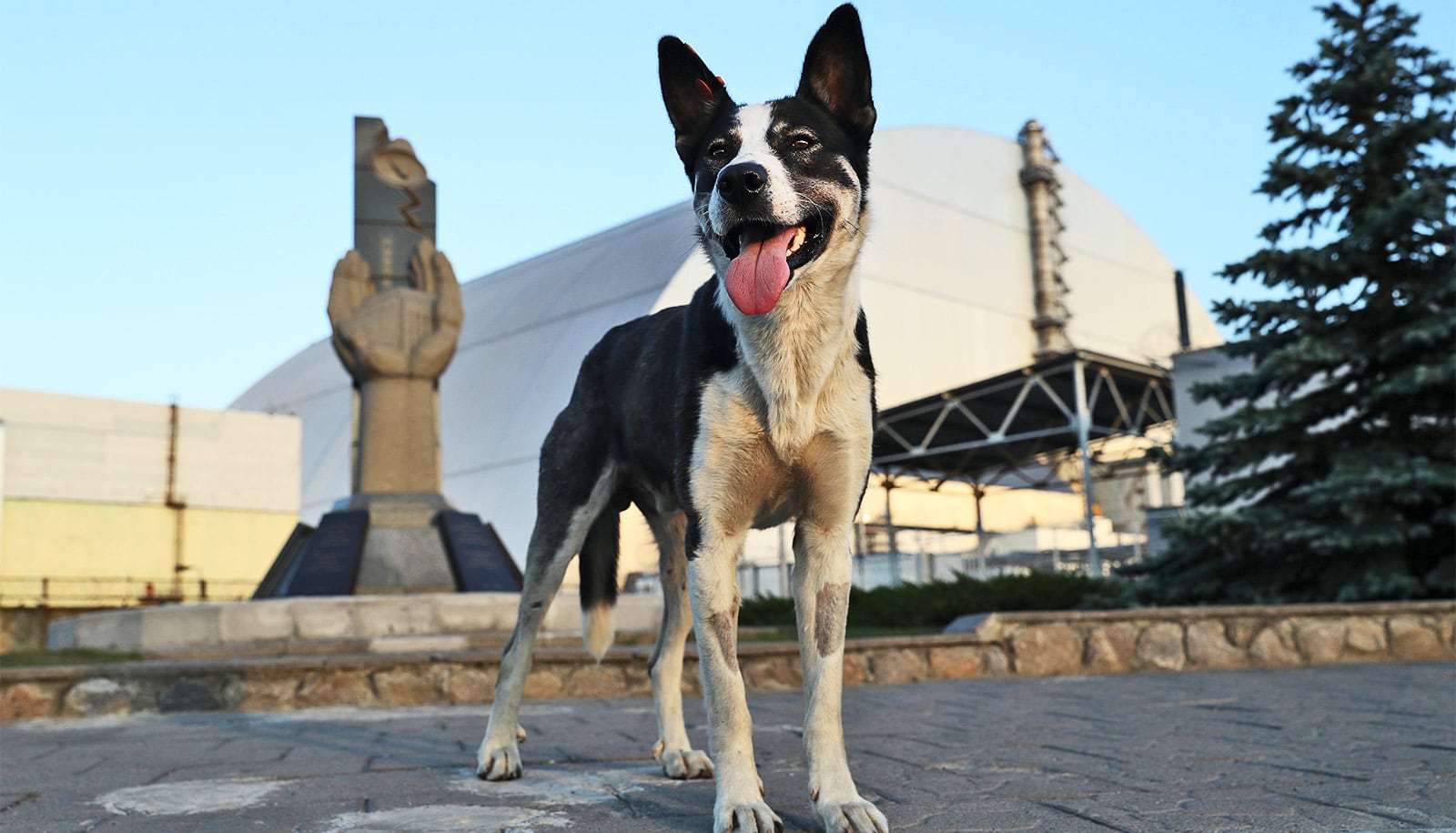Specially trained therapy dogs in the intensive care unit can substantially ease the physical and emotional suffering of patients, say clinicians.
Therapy dogs have long been welcome “nonpharmacological interventions” for less sick hospitalized patients, but their presence in the ICU is new for many hospitals.
A group of clinicians wrote in an editorial in the journal Critical Care that a therapy animal is “a great exemplar” of a non-drug intervention that can help critically ill patients become active and engaged in their own recovery as early as possible.
“Once you have a dog in the room staring up at you expecting a treat or a pat, it’s hard for a patient to avoid engaging.”
They based their conclusion on previously published studies and their own experiences in the Johns Hopkins Hospital medical ICU.
“Doctors and nurses have traditionally been of the mindset that if we just give patients the ‘right’ medication, their psychological status will improve,” says Dale Needham, professor of medicine and of physical medicine and rehabilitation at the Johns Hopkins University School of Medicine.
“In fact,” says Needham, senior author of the editorial, “we probably need to give less medicine and rely more on nonpharmaceutical interventions, such as music therapy, relaxation training, and animal-assisted therapy, to help improve patients’ psychological status.”
ICU patients, the specialists say, often require mechanical ventilators to breathe, feeding tubes, catheters, and an array of other technology that “dehumanizes” and demoralizes them. ICU patients may also be sedated and restricted to bed rest, adding to their risk for muscle weakness, confused thinking, depression, anxiety, and post-traumatic stress disorder.
Studies show that up to 80 percent of ICU patients experience delirium—inattention, disorientation, confusion, and sometimes hallucinations—during their stays. Evidence is growing that the risk of developing these conditions eases among patients who are more active and less medicated.
Rehabilitation psychologist Megan Hosey, assistant professor of physical medicine and rehabilitation, saw successful animal-assisted therapy in the inpatient rehabilitation unit at Johns Hopkins. Patients who participated in animal therapy were able to meet goals faster by involving the animals, she says. They stood longer, for instance, while patting a dog.
Hosey speculated that ICU patients could see similar benefits. She worked with ICU physician Needham and other experts to adapt the hospital’s protocol to safely bring dogs to ICU patients.
“The data from a psychological perspective shows that building motivation to become more active, for example, is a way dogs can help patients,” says Hosey. “Once you have a dog in the room staring up at you expecting a treat or a pat, it’s hard for a patient to avoid engaging.” In other cases, a dog may simply sit on a patient’s lap, providing a calm, affectionate presence that has been shown to improve mood and pain ratings.
Tough love makes puppies better guide dogs
All dogs involved in animal therapy programs at Johns Hopkins must be registered through a program called Pet Partners, which ensures that both handlers and dogs are up to date on training. To receive visits, patients must be awake and alert enough to engage calmly with a dog, not at high risk of infection, and interested in having a visit. In 2017, 10 patients had at least one 20- to 30-minute visit from a therapy dog while in the medical ICU.
Animal therapy visits in some cases included a physical therapist or occupational therapist, pairing physical rehabilitation with the dog visit to achieve specific functional goals.
Stressed kids feel better with a dog by their side
The editorial makes the case, Hosey says, that ICUs and other hospital units should consider nonpharmacological interventions including therapy dog visits. She says hospitals considering such therapies need to set clear program goals, include stakeholders who can help overcome barriers, and partner with a program such as Pet Partners or Assistance Dogs International that have credibility in certifying animals. She recommends launching the program with patients who have the highest likelihood of success and improvement, not those with delirium or communicable diseases, for instance.
The Johns Hopkins group says it is planning more detailed assessment of the effect of animal visits on ICU patients. In the meantime, the group hopes its editorial spurs more hospitals to try them. “Animal-assisted therapy is one tool in a toolkit for treating the mind as well as the body,” Needham says.
Other authors of the editorial are from Johns Hopkins and the Mayo Clinic.
Source: Johns Hopkins University



